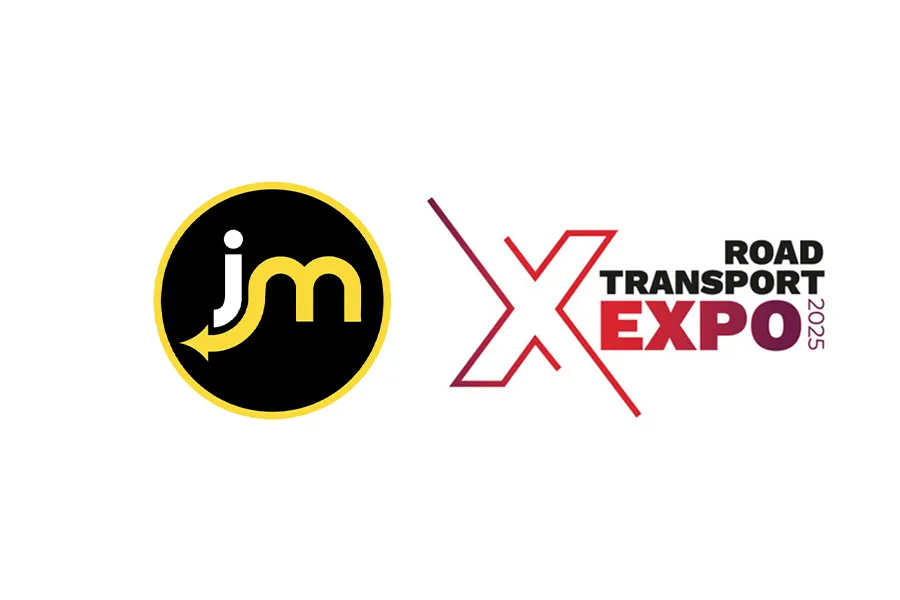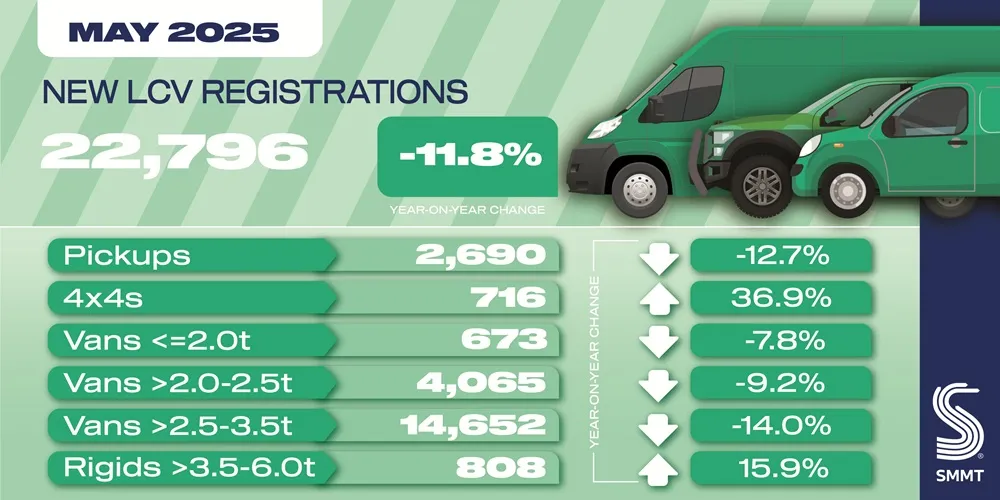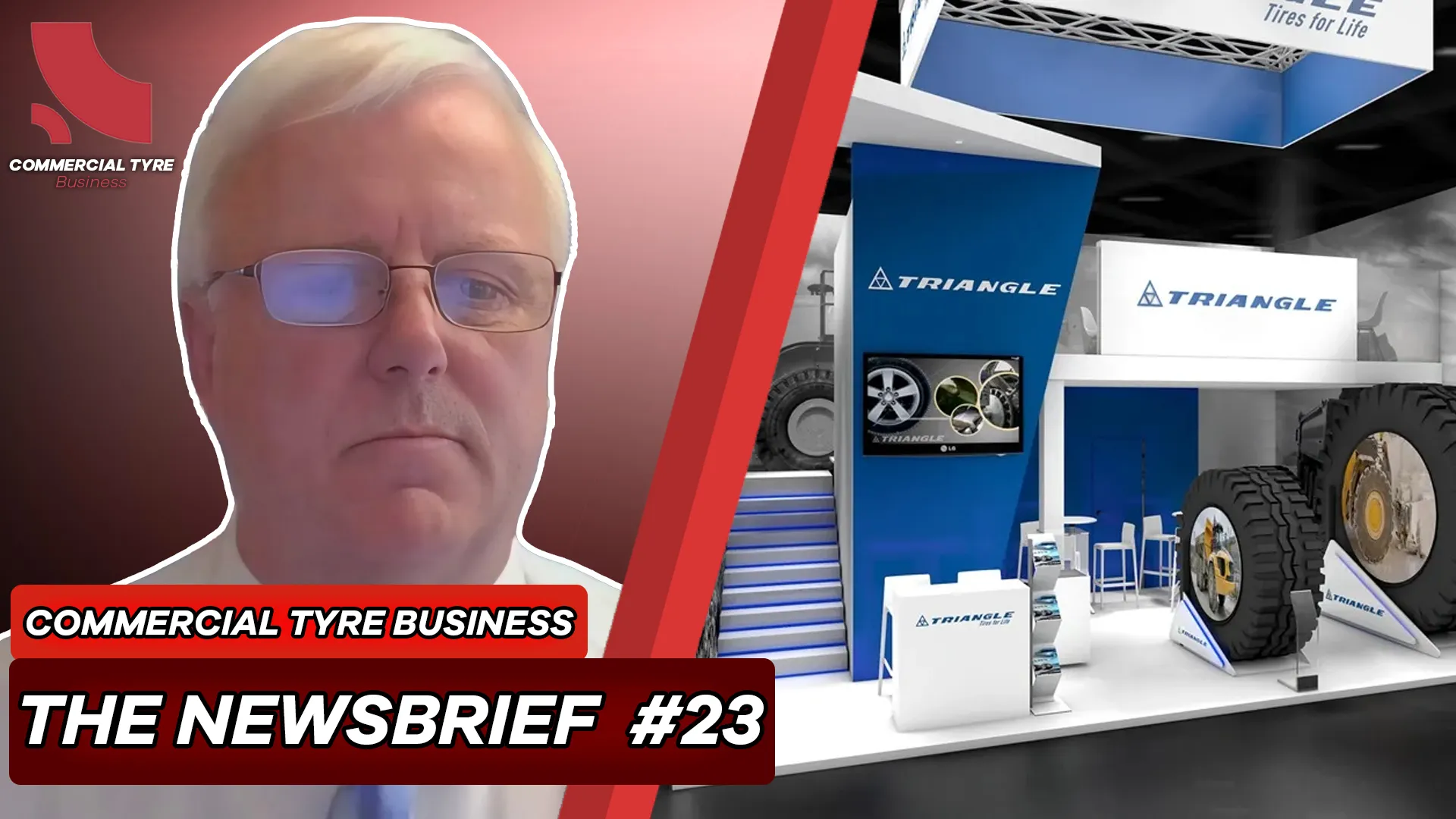TyreWatch, a predictive tyre management was launched recently in May at the Harwell Innovation and Science Campus in Oxfordshire.
TyreWatch Launches to Facilitate Smarter Commercial Tyre Management
Tyre related issues remain the most common cause of roadside breakdown for fleet operators. With research performed by Highways England and Bridgestone over the past 18 months, confirming that three-quarters of tyre failure is the consequence of under-inflation or debris penetration. With this in mind, TyreWatch has been designed to improve productivity and efficiency across fleets, through keepin...
TyreWatch Launches to Facilitate Smarter Commercial Tyre Management
Tyre related issues remain the most common cause of roadside breakdown for fleet operators. With research performed by Highways England and Bridgestone over the past 18 months, confirming that three-quarters of tyre failure is the consequence of under-inflation or debris penetration. With this in mind, TyreWatch has been designed to improve productivity and efficiency across fleets, through keepin...








